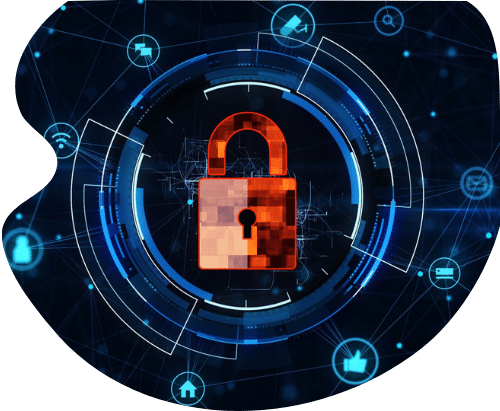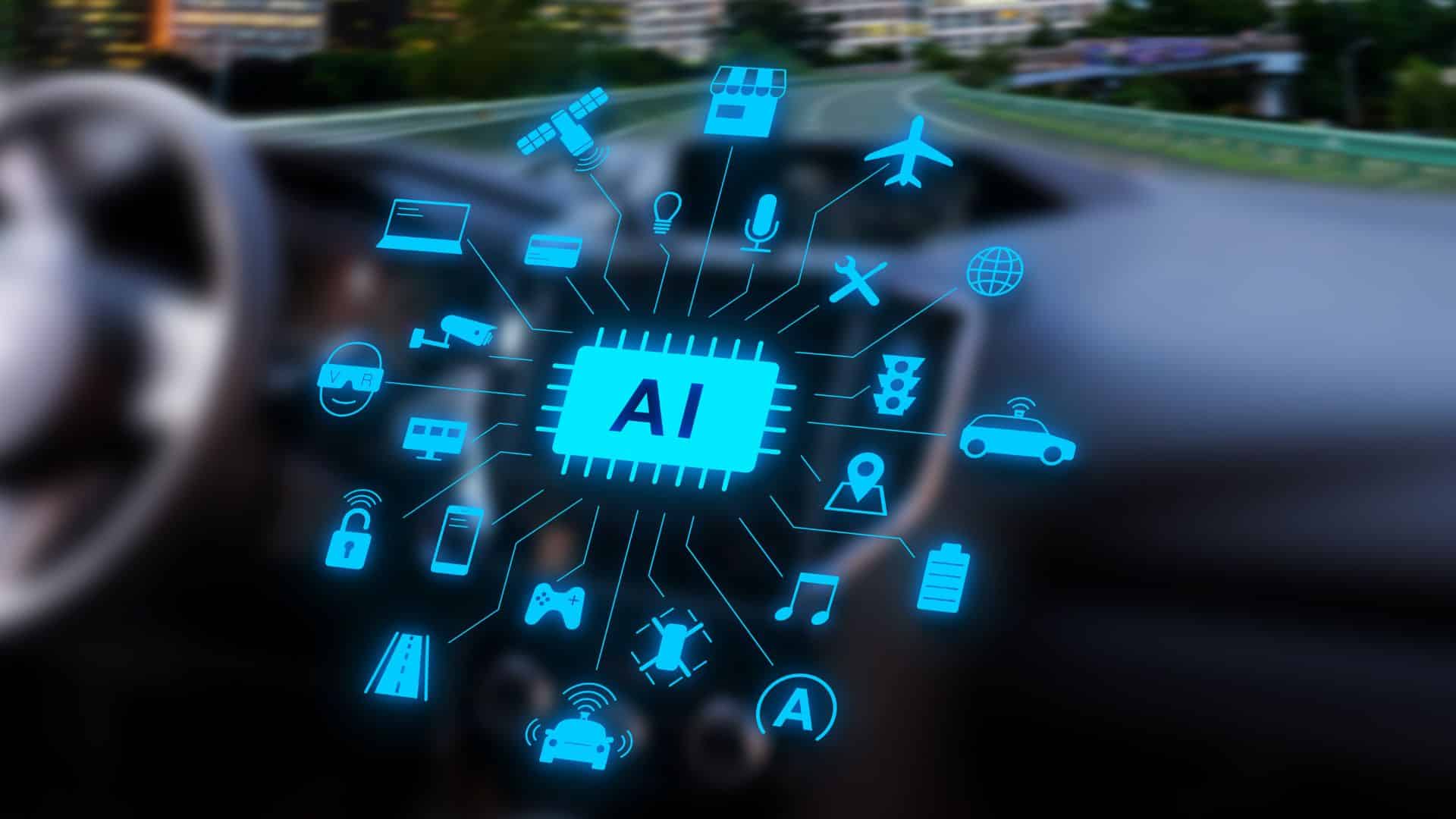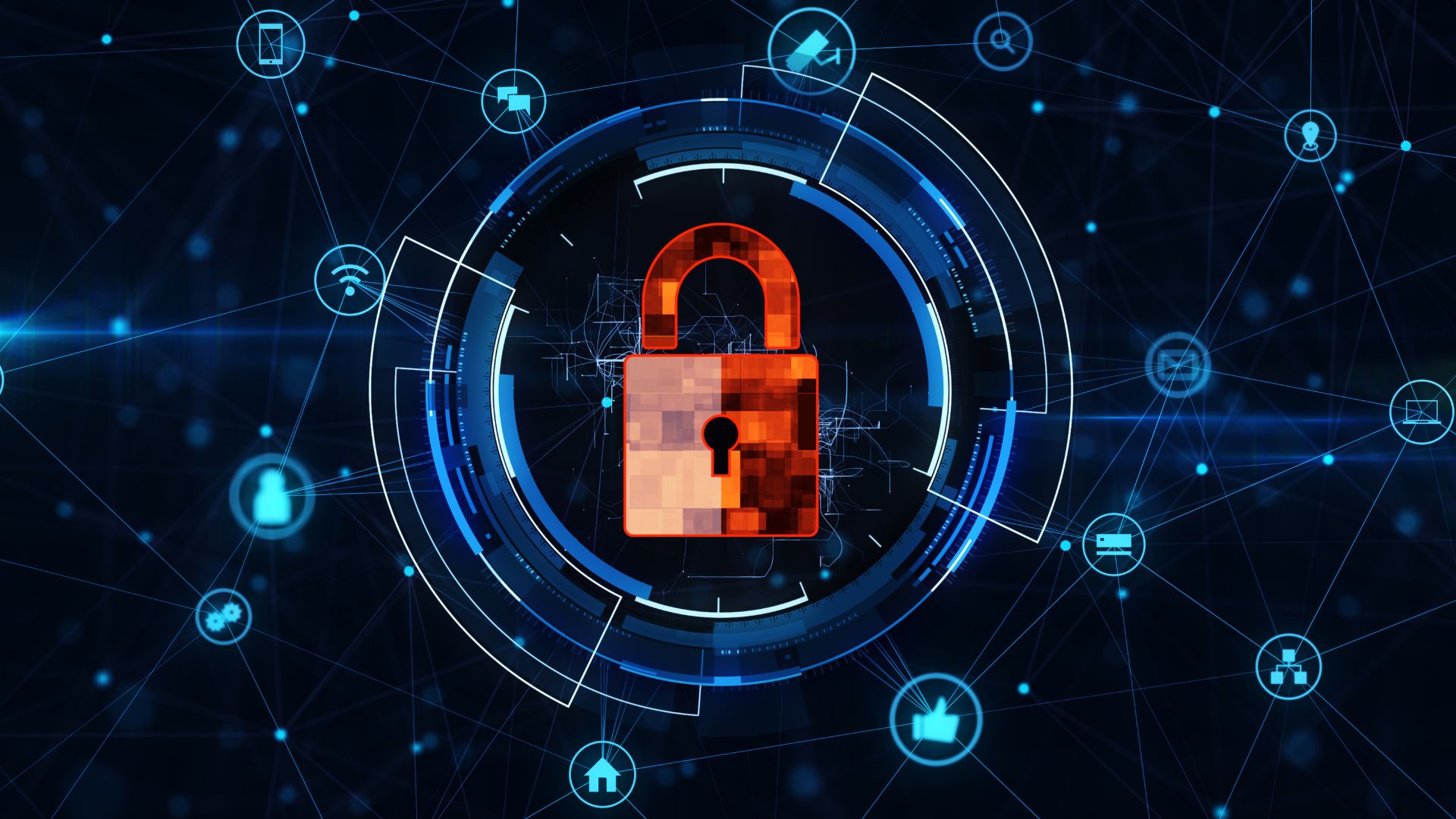If there’s one thing most people agree on in 2025, it’s that we need strong regulations around artificial intelligence (AI). Nearly 80% of Americans want stricter regulations on the use of public data to train AI models, and surveys show a growing concern over AI jeopardizing our privacy.
Meanwhile, companies are barreling ahead: Over 56% of businesses use AI to improve business operations, and 83% of executives see AI as a strategic priority. The excitement around this technology and its innovative use cases is understandable, but integrating AI without slowing down to consider privacy, safety, and ethical concerns is risky.
Implementing an AI framework that directly addresses these issues is a major step companies can take to assuage concerns. Certification with ISO 42001 promotes responsible AI use and provides verified, documented evidence to stakeholders that you take AI risks seriously.
What Is ISO 42001?
ISO 42001 is a certifiable international standard providing guidelines for building and managing AI tools. It offers a repeatable framework from which organizations can build solid operational governance and management systems while promoting responsible AI usage.
The standard covers areas including security, privacy, and ethical practices. It specifies the requirements for creating a reliable AI program that, when developed with overall business goals and daily functions top of mind, can improve the safety of AI systems while also serving as a business enabler.
With AI becoming widely accessible since the introduction of tools like ChatGPT in 2022, the demand for security and privacy measures around AI has been amplified. Enter the role of AI frameworks – of which ISO 42001 is one of the most prominent.
ISO 42001 supports the development of AI that respects data security and user privacy, addressing the increasing public demand for transparency and accountability:
Why Is ISO 42001 Compliance Important?
A growing number of organizations seek to obtain ISO 42001 compliance for two primary reasons:
1. Certification as a Marketing & Reputation Management Tool: Compliance with ISO 42001 allows companies to communicate to their customers, prospects, and stakeholders that they adhere to the highest standards in AI use and development.
Organizations can use their certification to reassure clients and prospects. ISO 42001 certification acts as a mark of credibility, signaling that the organization has taken steps to implement best practices as laid out by an industry gold standard framework.
This builds trust with stakeholders concerned about the potential impacts of AI and can shorten the sales cycle. If a prospect asks about your organization’s AI practices, being able to show a certification is a powerful tool.
2. To Guide Strategic Implementation of AI: Companies seek to leverage the roadmap offered by ISO in a meaningful way that leads to AI-related strategies that ultimately serve as business enablers.
ISO 42001 certification not only supports compliance with other regulatory and legal requirements but also positions you to fully reap the business benefits of responsible AI use. By following ISO 42001, companies reduce security risks, optimize decision-making processes, foster customer trust, and ultimately drive business growth and sustainability.
Who Needs ISO 42001 Compliance?
ISO 42001 is particularly useful for companies:
- Developing new AI features
- Creating AI-powered products
- Acting as AI producers, service providers, or end-users
Companies must be prepared to make changes to their products as AI technology evolves. Adherence to ISO 42001 largely offsets the amount of time you’ll need to spend implementing changes down the road while reducing risk long-term.
The AI ecosystem can be categorized into three roles:
- AI Producers: Companies like Microsoft, OpenAI, and Anthropic that build and sell foundational AI models.
- Service Providers: Organizations that consume these models from producers, customize them, and then sell them downstream.
- Customers and Users: The end-users and businesses that utilize AI services and products.
ISO 42001 can apply to any business interacting with others in this ecosystem. Organizations in each of these three roles can benefit from establishing an AI management system as per ISO 42001 guidelines, and focusing on areas such as data provenance, the handling of training data and algorithms, and the outcomes produced by AI systems.
Encouraging organizations to think deeply about the potential impacts of AI for everyone in their ecosystem is one of the main purposes of frameworks like ISO 42001.
How To Get ISO 42001 Certification: How Easy Is It?
One major misconception about ISO 42001 is that it focuses solely on the security and privacy of AI systems. In reality, the standard encompasses a border range of considerations, including ethical practices, fairness, bias resolution, and understanding the overall impact of AI systems.
Security alone is actually a small component in the context of the entire framework.
At a high level, achieving ISO/IEC 42001 certification includes several steps:
1. Gap Analysis
Conducting a gap analysis identifies the differences between your organization’s current state and where you need to be to meet the requirements of ISO 42001.
2. Implementation
Based on the gap analysis, the next step is to implement changes to align with ISO 42001 controls. This could include everything from revising policies to updating procedures and training employees.
3. Internal Audit
Before seeking external certification, conducting an internal audit helps ensure you meet all requirements and are ready for the external audit.
4. External Audit
An accredited certification body performs your external audit, determining whether or not you obtain certification at that time.
Depending on factors like company size and infrastructure, this process can be complex and time-consuming. However, it ultimately strengthens your organization’s AI governance and management practices, reducing risk and saving time and money down the road.
How Different Is ISO 42001 Vs. ISO 27001?
Organizations with ISO 27001 certification may assume that transitioning to ISO 42001 compliance is straightforward. However, ISO 42001 is fundamentally different from ISO 27001, despite their complementary nature from a high-level structure perspective.
While ISO 27001 centers around information security management systems (ISMS), ISO 42001 is highly specialized in the scoping of AI systems. The good news is that ISO 42001 is designed to integrate smoothly with existing ISO frameworks, including ISO 27001. The new framework is designed to be easily integrated for organizations that already have an ISO framework.
All of the ISO frameworks are designed in a way that allows them to act as building blocks for each other. The areas in which they diverge, meanwhile, leave opportunities for organizations to adapt controls to their specific needs and environments.
As an example, both ISO 27001 and 42001 require a risk assessment. However, even if you’ve completed your risk assessment for ISO 27001, you would still need to identify risks specific to AI systems for 42001.
The impact assessment of ISO 42001 goes beyond security and privacy, encompassing broader aspects such as the ethical implications and the societal impact of AI. This expanded focus means that the way controls are operationalized will both diverge from and build on ISO 27001.
How Much Does ISO 42001 Certification Cost?
Let’s break down the costs:
Direct Costs
Hiring an accredited certification body to conduct the audit is a primary cost. Depending on the size and complexity of your organization, this can range from $5,000 – $20,000. This fee typically covers the initial certification audit and any follow-up assessments.
Implementing ISO 42001 requires time and effort from your team. You may need to allocate significant internal resources to manage the project, which can translate into measures like hiring temporary staff to handle regular duties.
Many startups choose to hire consultants.
Consulting fees can range from $10,000 – $50,000, depending on the level of support you need. Consultants assist with gap analysis, control implementation, and preparation for your audit.
Indirect Costs
There are potential costs around employee training and awareness, with the goal of making sure everyone understands their role in working towards ISO 42001 compliance. Technology upgrades represent another indirect cost. You may need to invest in new software or upgrade existing systems to meet ISO 42001 requirements. Costs here can vary greatly depending on your technology stack.
Lastly, there are costs associated with ongoing maintenance. Maintaining ISO 42001 certification requires regular audits and continuous improvement. Budget for annual internal audits and surveillance audits, which can cost between $3,000 – $10,000 per audit per year, and allocate resources for ongoing training and process updates.
Cost-Benefit Analysis
While the costs may seem significant, consider the benefits: ISO 42001 certification can improve your company’s reputation, build customer trust, and open doors to new markets. It mitigates risks associated with AI, potentially saving money in the long run by avoiding costly security issues and reputational damage.
How To Implement ISO 42001: Critical Components of Building an AIMS & Demonstrating Compliance
Implementing ISO 42001 involves establishing an AI Management System (AIMS) that aligns with the standard’s requirements and fits the context of your organization. The framework is structured around 10 clauses, similar to other ISO management systems, and includes annex controls that can be operationalized differently depending on the organization.
Below are 6 key components of meeting ISO 42001 compliance:
1. Management Commitment
Leadership must define AI policies, set objectives that align with the strategic direction of the organization, and make resources available for the implementation and maintenance of the system.
2. Risk Assessment and Impact Analysis
Unlike traditional frameworks that focus on security and privacy, ISO 42001 requires a broader impact assessment. A core part of the framework involves identifying and evaluating AI-related risks across areas, including environmental impact and ethical considerations.
3. ISO 42001 Annex Controls
The annex of ISO 42001 provides specific controls that need to be implemented, which can be adapted to the context of the organization. For example, this may include guidelines around data provenance, with the goal of making sure training data and AI algorithms are not biased.
4. Operational Planning, Documentation, and Training
Documenting everything pertaining to processes for the effective operation of the AIMS is another key step. Processes need to be clearly defined and laid out for all employees, so they can be consistently followed.
All staff involved in the AIMS need to have the necessary skills and knowledge. Appropriate training and resources need to be provided to support this.
5. Monitoring and Measurement
Mechanisms to monitor the performance of the AIMS over time are another key component of ISO 42001 compliance. Such measures can take the form of regular audits and assessments to see if the system remains effective and aligned with requirements. Any issues identified should be addressed promptly.
6. Continuous Improvement
A process must be established to regularly review and update the AIMS to reflect changes in technology, regulatory requirements, and organizational goals. This iterative approach allows you to stay ahead of emerging risks and challenges.
How Long Does ISO 42001 Certification Take?
With managed security services providers like Rhymetec, it takes anywhere from 4 – 6 months for the preparation and readiness portion of ISO 42001 compliance.
This timeline varies depending on organization size and the complexity of their AI systems. If an organization has already implemented ISO 27001, the process will be on the faster end, with many controls needing to be tweaked rather than built from scratch.
Several scoping factors determine how long your timeframe will be for the audit, such as the number of employees, complexity factors, and organizational role (producer, provider, developer, or user of AI). As a rough estimate, you can expect the certification audit by an accredited body to take 4 – 8 weeks.
About Rhymetec
Our mission is to make cutting-edge cybersecurity available to SaaS companies and startups. We’ve worked with hundreds of companies to provide practical security solutions tailored to their needs, enabling them to be secure and compliant while balancing security with budget. We enable our clients to outsource the complexity of security and focus on what really matters – their business.
If your organization is interested in exploring compliance with AI standards, we now offer ISO/IEC 42001 certification readiness and maintenance services and are happy to answer any questions you may have.




